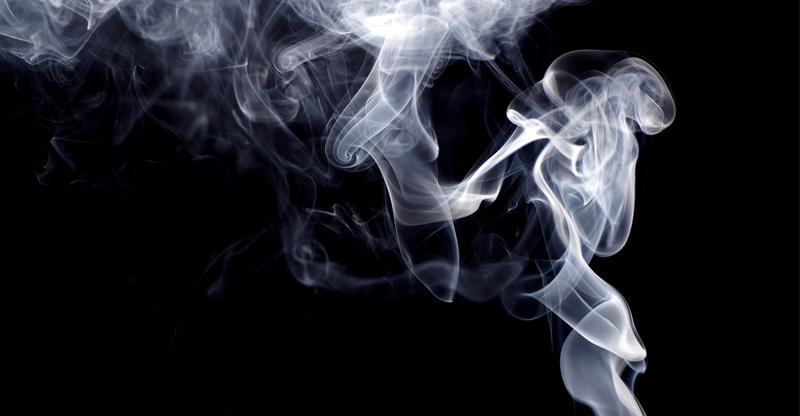The dangers of second- and thirdhand smoke
You are smoke free because you recognize the dangers of tobacco — but what if you are exposed involuntarily and potentially without realizing it? It can happen — it’s called exposure to secondhand and thirdhand smoke. Like smoking, these exposures can lead to health problems including cancer and heart disease. Protecting yourself and your children from all types of tobacco smoke is one of the most important things you can do for your health, and here’s how.
What is secondhand smoke?
- Secondhand smoke is smoke that has been exhaled by a person smoking and contains toxic chemicals like ammonia, carbon monoxide, formaldehyde, and lead.
- According to the Centers for Disease Control and Prevention, there is no risk-free level of secondhand smoke exposure and even brief exposure can be harmful to health.
- According to the Department of Health and Human Services, since 1964, about 2.5 million nonsmokers have died from health problems caused by exposure to secondhand smoke.
What is thirdhand smoke?
- Thirdhand smoke is residue that can build on surfaces and cling to clothing, hair, skin, and other areas exposed to cigarette smoke — even after the smoking has stopped. It can’t be eliminated by opening windows, cleaning the air, or smoking in other parts of the home.
- Research has shown that thirdhand smoke can rub off onto skin and even be ingested. Dust is believed to carry thirdhand smoke into the lungs as well.
- Unlike secondhand smoke, thirdhand smoke is a relatively new concept and its dangers are still being studied. Secondhand smoke has well-known health effects. Only recently have scientists have begun to understand the dangers of exposure to thirdhand smoke.
Serious health concerns
Exposure to secondhand smoke is well studied and can lead to serious health problems, including:
- Heart disease.
- Low birth weight in children.
- Sudden infant death syndrome (SIDS).
Avoiding secondhand and thirdhand smoke
- Consider and work toward quitting smoking if you are not already a nonsmoker.
- Make sure your children’s day care center and schools are tobacco-free.
- Avoid public areas that allow smoking. Avoid these areas even if no one is currently smoking there.
- Avoid smoking in your home at all. If a family member or friend goes outside to smoke, avoid touching their skin and clothing to avoid thirdhand smoke exposure.
- Never allow smoking in your vehicle. Even if others are not present, do not allow smoking in the vehicle to avoid the residue that’s left behind as thirdhand smoke.
- When you travel, request non-smoking rooms to avoid thirdhand smoke.
- Be a good role model by not smoking or using any other type of tobacco.
References:
Centers for Disease Control and Prevention: https://www.cdc.gov/tobacco/data_statistics/fact_sheets/secondhand_smoke/general_facts/index.htm
National Tobacco Cessation Collaborative: http://www.tobacco-cessation.org/news/news_jan11.html
U.S. Surgeon General: https://www.surgeongeneral.gov/library/reports/secondhandsmoke/secondhandsmoke.pdf
U.S. Department of Health and Human Services: http://www.cdc.gov/tobacco/data_statistics/sgr/50th-anniversary/index.htm




